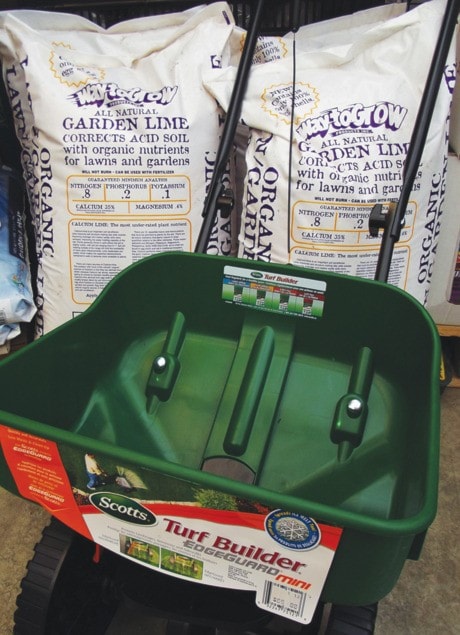I wonder how many of you decided to give this a quick read just because of the ‘y’ placed at the end of the headline?
The difference between dirt and dirty is quite the chasm, as the adjective has come to embody all things taboo in society – like dirty little secret, dirty money, Dirty Harry, and dirty book – while dirt proper simply refers to today’s topic, soil.
With only 11 per cent of this planet classified as suitable for farming and an ever-growing population (seven billion and rising), those patches of arable dirt are going to become an increasingly important means of feeding us.
And while the pressure to grow our own food here is somewhat mitigated by cheap imports, the cost of shipping and producing that food has increased sharply lately and that expense is reflected in our burgeoning grocery bills. Just as food and water are essential to life on this planet, so too is soil and we need to start giving it the respect it deserves.
So, just what is dirt: on average, natural soil amounts to 45 per cent mineral content (sand, silt, clay, rock); 25 per cent water; 25 per cent air; and five per cent organic matter.
Soil is also a living entity full of beneficial bacteria, worms, fungi, nematodes, mycorrhizae and insects – all performing essential functions.
That pile of black or brown stuff is a lot more complicated than it looks and it does require some care to ensure productive vegetable gardens and beautiful landscapes.
With that in mind, here are a few ways that you can use and care for the soil in your garden.
• Soil temperature – this plays an important role in seed germination and every ‘wanna-be’ vegetable gardener should invest in an inexpensive soil thermometer.
By way of example, cool season crops such as broad beans and peas germinate between 5-15 degrees C, while pumpkins and cucumbers require a soil temperature of at least 20-35 C, so there’s no use rushing the latter out in early spring.
• Adding lime – our rains are lightly acidic and by virtue of their ever-presence, so is our soil.
It is very important to lime your lawn as this deters the spread of moss (which likes acid conditions) and promotes the grasses, which prefer a slightly higher pH.
Many vegetables, such as Brassicas (cabbage, broccoli), lettuce and spinach also prefer a neutral pH and a little calcium, so many coastal gardeners also apply lime to these growing areas – the exception here is potatoes, as these will develop scab if limed.
There are essentially two common types of lime, Dolomite and a prilled form (non-dusty) called Dolopril – both of which provide calcium and magnesium.
Eggshell lime is a recent introduction that is said to contain 35 per cent more calcium and be faster acting, as soil microbes readily break it down.
• Adding manure –manures should always be well composted to avoid burning and the dispersion of weed seeds, which can be a problem with fresh horse manure.
Packaged manures at your local garden centre will always be ready to use. The most common is cow or steer manure, which is generally considered to be your best overall choice.
If you are amending soils in and around acid-loving ericaceous plants (rhododendron, pieris, camellia) use compost instead of manure, as the latter tends to be alkaline (especially mushroom manure).
• Adding compost – compost is by far your very best soil additive as it provides humus (organic matter), beneficial microbes and nutrition while also improving drainage, water holding capacity and soil structure.
If you don’t have access to compost, try a granular humic acid, which is usually derived from leonardite (the fossilized remains of carboniferous plants) and basically acts in much the same manner as compost when added to deficient soils.
• Dealing with clay – clay soils are actually quite fertile, but since they are composed of very fine particles with little pore space, they drain poorly and lack aeration.
You can amend them over time by adding primarily organic matter (compost or aged manure) and a little coarse sand.
The last thing you want to do is add straight sand to clay soils, as this just creates a natural cement mix.
You can also try gypsum, as it binds the fine clay particles together, increasing pore space and drainage.
Last but not least is a piece of sage advice that I’ve heard from many a wrinkled grower, that being that dirty gardeners are always happy gardeners – so why not get out there today and work a little joy under those fingernails.
Mike Lascelle is a local nursery manager and gardening author (hebe_acer@hotmail.com).
• I’ve added a new story, A Matter of Perspective, to my blog at www.soulofagardener.wordpress.com, and my plant selection site, www.mikesgardentop5plants.wordpress.com now has more than 500 plant entries to help you make your own garden design choices.
